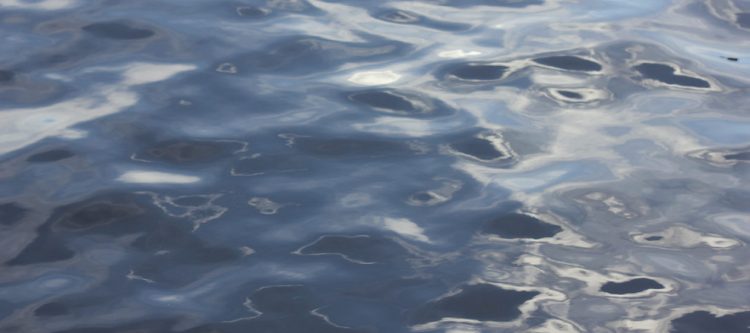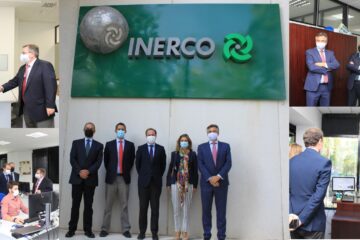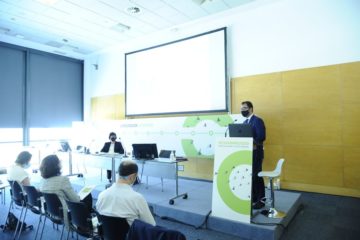Zero liquid discharge in the circular economy

The concept of circular economy pursues the production of goods and services with a parallel reduction in the use of the necessary resources: raw materials, water and energy. It consists in implementing a new model, closing the products, services, waste, materials, water and energy life cycle to make economic development sustainable.
In line with this concept, the European Commission (EC), through the Europe 2020 strategy, has established the effective use of resources as one of its flagship initiatives for smart, sustainable and inclusive growth. The strategy aims to build a framework to assist in the journey towards a more efficient economy, making it possible to improve financial results, boost innovation and competitiveness, guarantee the supply of resources and reduce its impact, especially the economic impact.
WATER REUSE AND REGENERATION
Within the context of the circular economy, the regeneration and reuse of water is a key tool in reducing consumption and preserving such a valuable resource. The EC’s current stance on water reuse is clear as to the challenge this represents for the future, both in the treatment of industrial and urban waste water. This position takes a central role in the Strategic Implementation Plan of the European Innovation Partnership on Water.
According to this proposal, reuse can be environmentally beneficial both in quantitative terms, as additional supply is not required, and in qualitative terms, as it reduces the pressure of waste water discharge in sensitive areas. In addition, water reuse often requires lower investment and energy costs than other sources such as desalination or interbasin transfer, contributing to a reduction in greenhouse gas emissions.
Maximising the reuse of water is also a specific objective of the EC communication the Blueprint to safeguard Europe’s water resources.
In terms of industrial activity, it should be noted that optimising consumption and the reuse of water are already common practice in many sectors. Even so, the EC seeks to promote this through the inclusion of water reuse in best available techniques reference documents (BREF) for industrial sectors, within the framework of the Industrial Emissions Directive (2010/75/EU).
Also worth highlighting is the continuing research and innovation in many issues related to the reuse and treatment of industrial waste water. In fact, the European Commission supports this work, especially that which aims to facilitate improvements to water treatment facilities, the development of smart technology and reduced energy consumption.
In this context, and due to the need in industry to reduce water consumption, the concept of zero liquid discharge (ZLD) was born years ago: This aims to reduce discharge from installations to an absolute minimum, minimising consumption and environmental impact.
TECHNOLOGICAL SOLUTIONS FOR ZERO LIQUID DISCHARGE
Zero liquid discharge includes a range of technological solutions which are adapted to each situation and which, in addition to the reuse of water, also enable the recycling and recovery of liquid end waste, where this is viable. This is always with the intention of reducing the overall environmental impact and optimising the energy balance of water treatment.
These technologies can be categorised as “classic” and “new generation” solutions. Examples of classic technologies include:
- Mechanical filtration
- Sand filtration
- Activated carbon filtration
- Decalcification
- Demineralisation using resins
- Physical/chemical treatments
- Flocculation/coagulation
- Sludge treatment
These techniques are widely used as complements but are not oriented towards recovery.
The “new generation” technologies include, among others:
- Ultrafiltration
- Reverse osmosis in one or multiple stages, with significant development in membrane efficiency and resistance and the consequent reduction of energy, operation and maintenance expenses
- Selective resins
- Electrochemical recovery
- Acid or alkaline dialysis
- Electrodeionisation
- Nanoparticle technologies
- Evaporation by thermocompression, with significant development in the optimisation of associated energy use
- Evaporation using external energy, which continues to increase in popularity due to the potential to exploit residual energy from processes
The implementation of zero liquid discharge systems at industrial facilities has advantages for all stakeholders and is of great value within the parameters of the circular economy: the authorities will avail of technology to support compliance with consumption and environmental quality regulations; for the industrial sector, these systems improve competitiveness by reducing expenses associated to water consumption and discharge and improving frims’ environmental image compared to their competitors.






No Comment